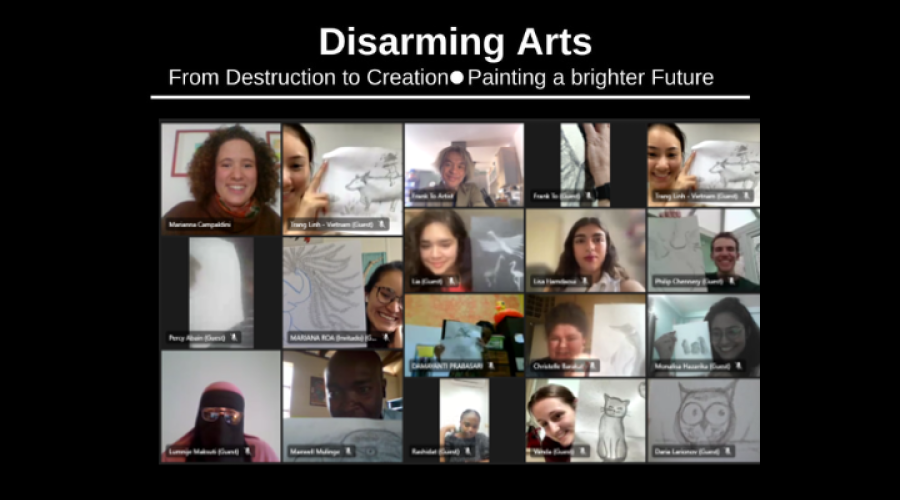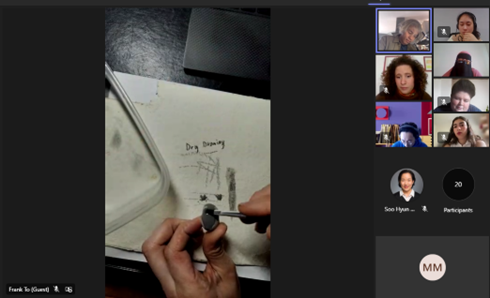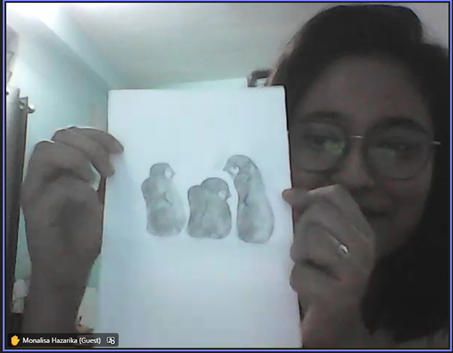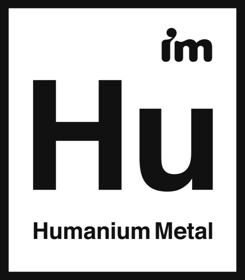News story
Leaders to the Future explore innovative approaches to promote peace: transforming destruction into creation with Humanium Metal
Leaders to the Future explore innovative approaches to promote peace: transforming destruction into creation with Humanium Metal

Virtual
X



